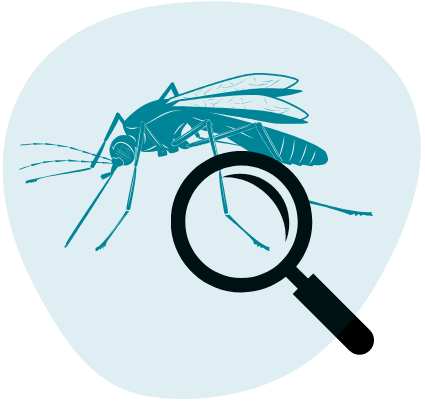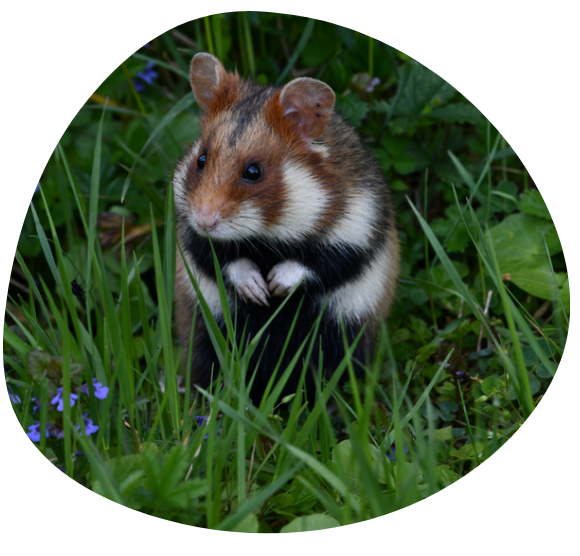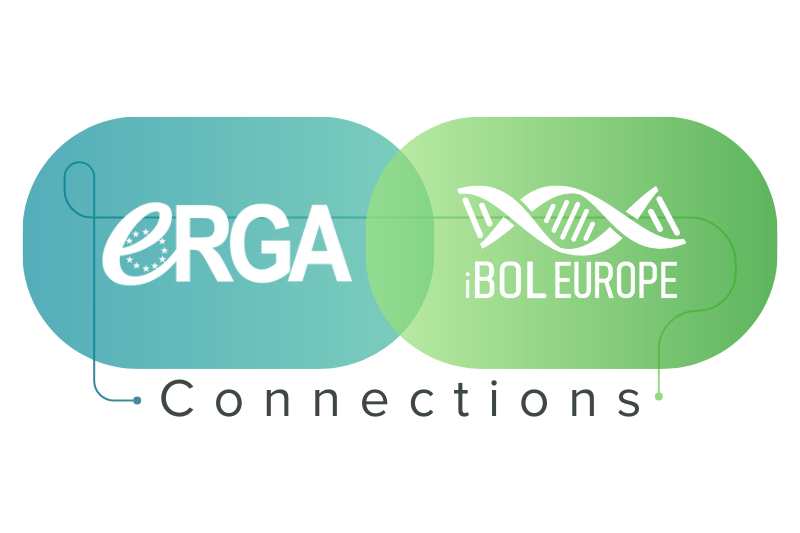26 November 2025
ERGA iBOL Europe Connections #9 – How Biodiversity Genomics drives conservation impact
About the ‘ERGA iBOL Europe Connections’ series
The European Reference Genome Atlas (ERGA) and the European node of the International Barcode of Life (iBOL Europe), two international communities of scientists brought together under the Biodiversity Genomics Europe Project, are joining forces for “Connections,” a series of blog posts that explore the fascinating world of Biodiversity Genomics and the intersection of their communities.
Blog 9 – How Biodiversity Genomics drives conservation impact
If you have been following our Connections series so far, you have learned that barcodes help us recognise which “book” of life we are holding, while reference genomes let us read every page. Today, we follow those pages out of the lab into the places where decisions are made. Biodiversity genomics has matured from proof-of-concept to a toolkit that can inform, for example, monitoring, species risk assessment, and management, and even market rules, by turning reads and assemblies into actions that matter for species, habitats, and the people depending on them.
The impact pathway usually begins with identification and baselines. DNA barcodes establish who is where. This matters when regulators need quick and reliable evidence to tighten protection for a declining bird population in a wetland. Or when managers must separate look-alike pest species in aquaculture, or when coastal engineers test whether a beach-nourishment scheme is compatible with an endemic fish. Reference genomes deepen the story. They reveal how a species works, what its population structure is, connectivity, and adaptive variation. All clues that tell us if a population can, for instance, cope with heatwaves, if a corridor is worth restoring, and which individuals should contribute to an ex-situ programme. In other words, barcodes inform us of their presence, and genomes explain how they function.

Consider fisheries and seafood safety. Genomics applied to widely fished pelagic species can clarify stock boundaries, helping fish stock management plans align with biology rather than old assumptions. At the same time, genomics in commercially harvested clams can support contamination assessment risks more precisely, so that consumer guidance and coastal policies rest on data rather than speculations. In both cases, genomics can improve sustainability and trust: what gets caught, what gets sold, what gets eaten, and what the sea can afford to give.

Public health is another frontier where decisions move at the speed of evidence. Genomics of mosquito complexes that transmit West Nile virus allows us to identify cryptic lineages and chemosensory genes tied to behaviour, turning a confusing species complex into a map for outbreak monitoring programmes. From these insights, SNP panels for routine surveillance, early detection of resistance to control measures, and area-specific interventions mandated by regional authorities can be designed.
 On land, genomics can inform connectivity, reintroduction, and hybridisation policies. For example, in a rare Central European small mammal, its genomic structure showed how a modern drainage canal severed gene flow. The management recommendation is to restore corridors before populations slip past recovery. Alpine chamois and butterflies reveal country-level patterns of diversity and endemism. These data now feed directly into status reviews and legally binding conservation lists. In lowland wetlands, a long-distance migratory passerine with low diversity but ongoing gene flow gains a genetic monitoring plan that guides translocation choices and post-release tracking. Where climate change pushes related hare species into contact, genomic portraits of introgression help hunting and wildlife agencies adjust seasons and safeguards to protect vulnerable mountain lineages.
On land, genomics can inform connectivity, reintroduction, and hybridisation policies. For example, in a rare Central European small mammal, its genomic structure showed how a modern drainage canal severed gene flow. The management recommendation is to restore corridors before populations slip past recovery. Alpine chamois and butterflies reveal country-level patterns of diversity and endemism. These data now feed directly into status reviews and legally binding conservation lists. In lowland wetlands, a long-distance migratory passerine with low diversity but ongoing gene flow gains a genetic monitoring plan that guides translocation choices and post-release tracking. Where climate change pushes related hare species into contact, genomic portraits of introgression help hunting and wildlife agencies adjust seasons and safeguards to protect vulnerable mountain lineages.

Plants illustrate the same arc from data to decision. Herbs harvested from the wild, dune shrubs that stabilise coasts, and aromatic species adapting to new climates all benefit from genome-enabled surveys that distinguish clonal spread from sexual reproduction, estimate contemporary effective size, and pinpoint variants tied to heat and frost. These findings shape seed-sourcing, habitat management, and Europe-wide genetic monitoring comparable across borders, museums, and herbaria.
What ties these stories together is not a single technology, but a way of working. Barcodes and genomes are generated in collaboration with end-users, including park services, fishery bodies, health authorities, farmers, and NGOs. Data are paired with training, screening tools, and communication adapted to local contexts. This results in a lasting impact that takes many forms, from field measurements to management plans, from genome browsers to policy briefs, and from classroom demonstrations to community-run surveys.

The book metaphor keeps us honest. Barcodes still tell us which titles we are holding, and reference genomes still let us read every page. But conservation impact starts when we file that book in the right library. We share it with the people who need it and use it to guide choices about land, water, and livelihoods. Biodiversity genomics is now doing exactly that, moving from pages to policies, with benefits that go far beyond the lab bench.




